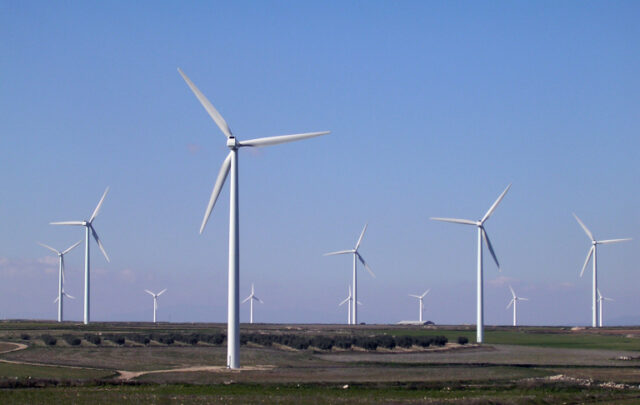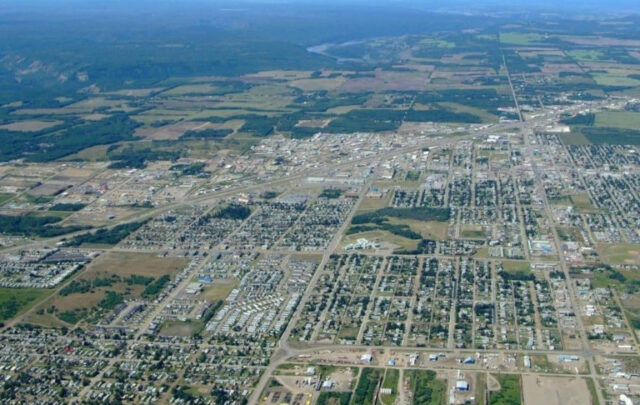 It is a testament to the psychological power of financial bubbles that people who know and trust me and generally accept the analysis I’ve put forth in my writings over the last decade are jumping into the stock market again with a pledge that they are in for the long term–no matter what.
It is a testament to the psychological power of financial bubbles that people who know and trust me and generally accept the analysis I’ve put forth in my writings over the last decade are jumping into the stock market again with a pledge that they are in for the long term–no matter what.
Few would ever shop for a car, a house or even groceries the way people today are shopping for stocks–buying after the price has almost tripled. But a market experiencing a dramatic melt-up–26 percent for the S&P 500 last year and another 5 percent so far this year (8 percent when I first wrote this sentence)–has created a psychological contagion that is hard to resist. Who doesn’t want to join in the mass euphoria experienced by others who are getting something for nothing?
Now there was a time when investing in the stock market for the long term worked because the businesses that made up that market were supported by unconstrained supplies of energy and other critical resources. The undulations in the economy were due primarily to economic cycles. But as economist James Hamilton has pointed out, 10 of the last 11 recessions were preceded by an oil price spike. That’s not definitive proof that the oil price was THE cause of any particular recession. But it would be hard to rule out oil as a major factor in those recessions.
My view is that there is no more long-term in the stock market or any market. The relentless, if zigzag, rise in financial markets for the past 150 years has been sustained by cheap fossil fuels and a benign climate. We cannot count on either from here on out. In fact, oil has been at or near a record average daily price for more than three years. We are paying more for oil on average than we did in 2008, the year of the spike.
Another thing we cannot necessarily count on is the remarkable geopolitical stability that the world experienced for two long stretches during the fossil fuel age. The first one lasted from the end of the Napoleonic Wars in 1815 to the beginning of World War I in 1914 (interrupted only by the brief Franco-Prussian War). The second lasted from the end of World War II in 1945 until now.
Following the withdrawal of U.S. military forces from Iraq, the Middle East has experienced increasing chaos devolving into a civil war in Syria; the rapid success of forces calling themselves the Islamic State of Iraq and Syria which are busily reshaping the borders of those two countries; and now the renewed chaos in Libya. We must add to this the Russian-Ukranian conflict. It is no accident that all of these conflicts are related to oil and natural gas.
With oil and energy, in general, central to the growth of the economy, and economic growth central to the long-term prospects of the stock market, it’s hard to see how the exceedingly sluggish worldwide economic growth of the last several years (which coincided with exceedingly sluggish growth in the rate of world oil production) could be the foundation for high stock market returns over this period. Something else must be at work.
I’m not the only one who has noticed that the world’s central banks have engineered ultra-low interest rates, huge bond purchases (to lower rates) and gargantuan cash infusions into the banking system since the 2008 financial crash. This has led to round after round of speculative pressures in commodities including gold, in real estate (especially China), in junk bonds, and now in practically every market. The money had a hard time finding a home in a weak real economy which didn’t need it (for example, in the form of business loans). And so, much of that money leaked into speculative finance.
To turn James Carville’s famous phrase on his head: It’s NOT the economy, stupid!
For those who believe that we do not suffer resource constraints in oil and other key commodities (despite the evidence), there are other factors that suggest caution. Various measures of market froth and complacency are reminiscent of 2007: very low market volatility, record issuance of securities, record margin debt (i.e., debt taken on to buy stocks).
But perhaps the most pernicious article of faith is that central banks simply will not tolerate another financial crash. Well, that was what people thought in 2007. What they found out is that central banks are not all-powerful. They cannot, in fact, prevent financial crashes. And, they won’t prevent another one from ever happening. Central banks may delay the day when a market decline will occur. But, in doing so, they make it impossible for the financial system to correct excesses in small steps. That means when the correction comes, it tends to be large and to threaten the system as a whole.
Under the circumstances I’ve described, anyone who is getting into the stock market now or who got in long after the current advance from the 2009 bottom is doing the equivalent of napping on the railroad tracks. Everything is fine until it isn’t. And, then it’s very, very bad.
What I’m describing is not really a so-called black swan event: a rare, unforeseeable, high-impact occurrence. It’s more like a gray swan, obvious to more than a few before it happens. Given that those who perceive such gray swans are usually early, it seems almost inevitable that in the year to come, the S&P 500 will rise another 30 or 40 percent, and people I know who read this piece will be telling me just how wrong I was.
However, my emphasis is on staying out of harm’s way. The terminal phase of a financial bubble can surprise everyone with its ferocious advance and its duration. But it ends without warning. And, the only way to actually profit from such a phenomenon is to sell before the crash. Keep in mind that the velocity of the decline also tends to catch people by surprise.
So, if you absolutely must invest your savings in the stock market, why not wait until there’s a half-off sale as you might for any other item you are trying to buy? You will get twice as much stock and have far less downside risk.
_______________________________________________
Disclosure: I hold no stocks nor any securities which would benefit from movements up or down in the stock market or in specific stocks.
IMAGE: "A Thanksgiving Tour". 1907 editorial cartoon for Thanksgiving holiday from the Daily Picayune newspaper of New Orleans. A turkey is depicted driving an automobile through a fence labeled "Financial Flurry"; a road sign says "To Prosperity". Reference is to the Panic of 1907, with hopes that prosperity is ahead. November 1907 Via Wikimedia Commons.






